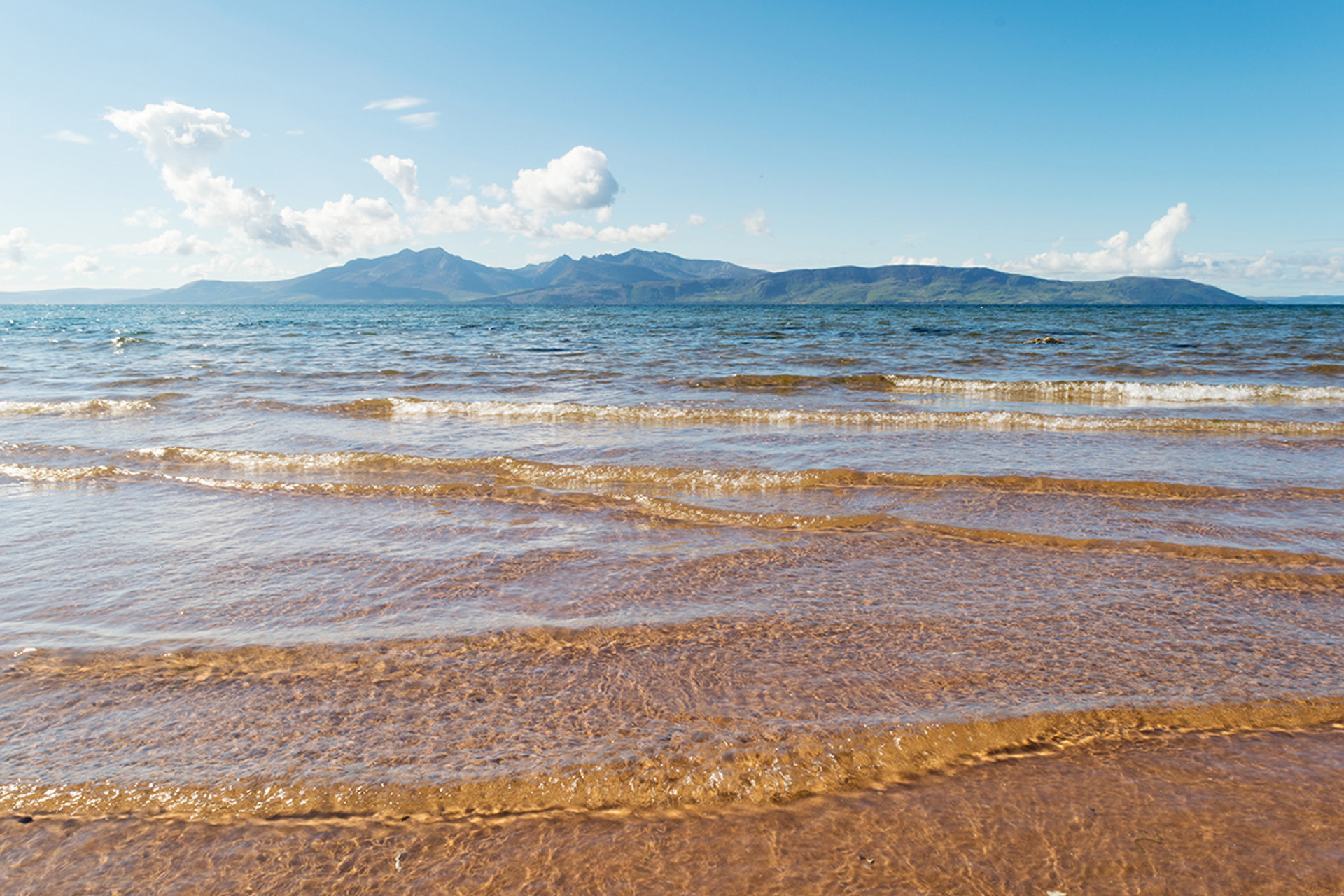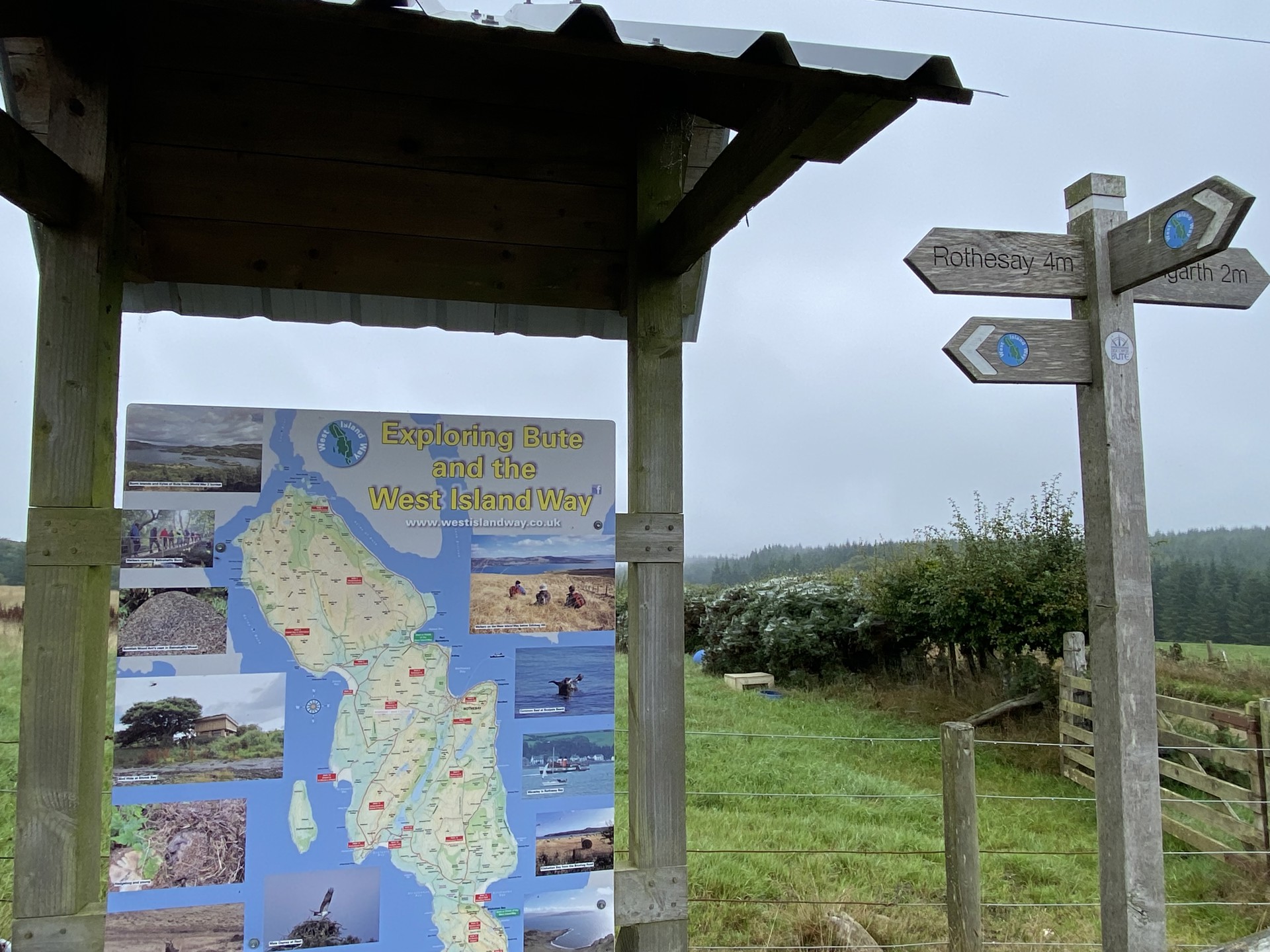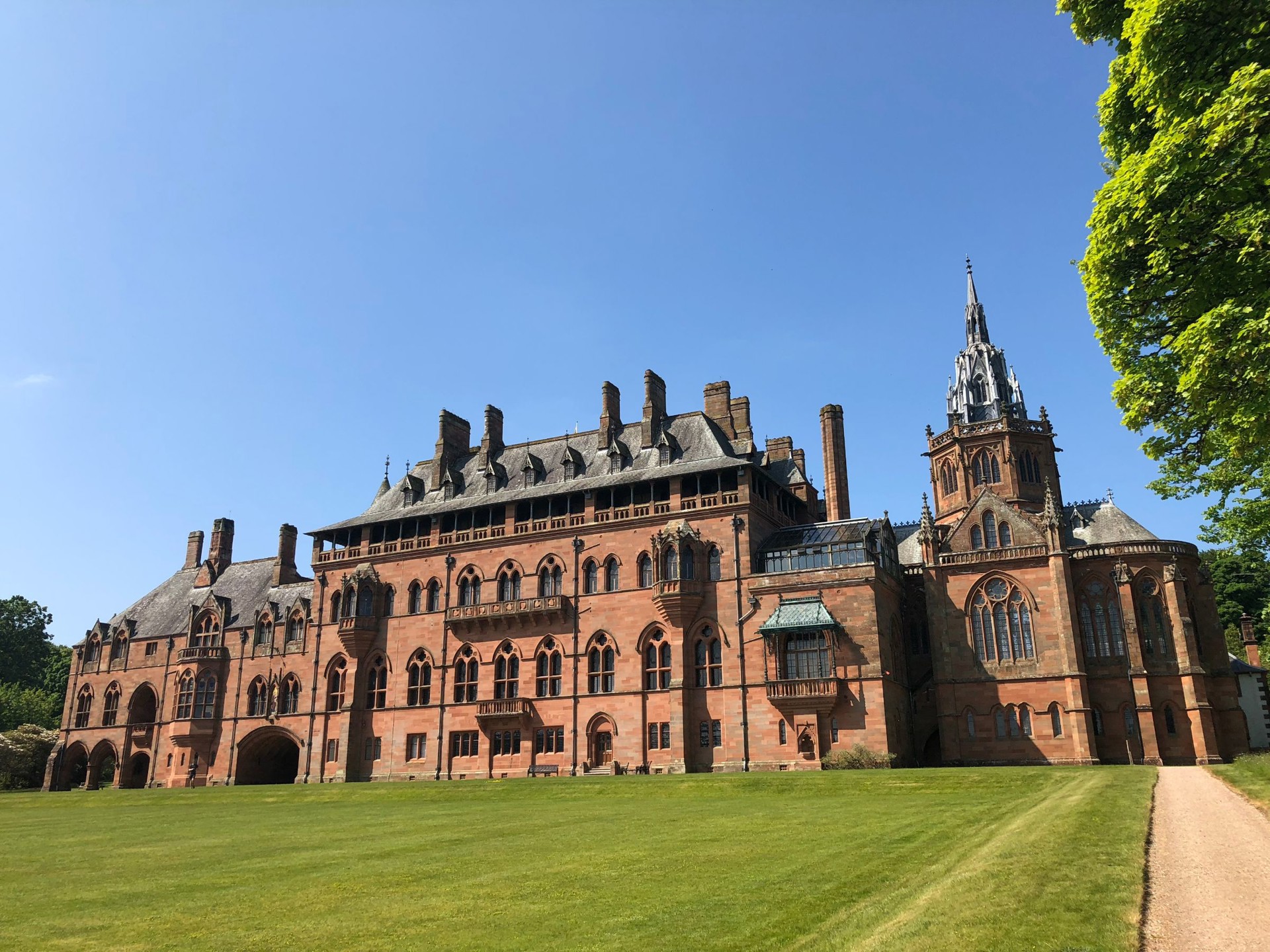Mount Stuart: the Victorian gardens that need to be part of your future!
Mount Stuart on the Isle of Bute is a spectacular stately house and one of Argyll & the Isles must-see attractions.
The ancestral home of the Marquess of Bute features magnificent Victorian Gothic architecture and design together with stunning craftsmanship. But those who visit this fabulous neo Gothic creation should leave plenty of time to explore its gardens and grounds.
Mount Stuart Gardens
They’re simply stunning. You'll find an amazing collection of exotic and British flora over extensive gardens and grounds, all set against the backdrop of the Firth of Clyde. The grounds are home to atmospheric woodlands and colour-drenched landscapes. Woodland glades and a shoreline wilderness contrast with the meticulously measured beauty of the formal lawns and gardens.
Here’s a taste of what you can expect as you wander through Mount Stuart’s glorious gardens and grounds.
The Policies
'Policies' is a peculiarly Scottish word which refers to the pleasure grounds around a mansion. At Mount Stuart, it describes the wooded areas stretching away along the drive and Forty-Five Avenue down towards the Firth of Clyde. In spring you’ll find a carpet of daffodils and bluebells. Follow the shore walk to explore the lower policies, which takes you though a mixture of both broadleaf and conifer, indigenous and international trees.
Rock Garden
Designed by the renowned landscape architect Thomas Hayton Mawson – described by some as the leading landscape architect of the Edwardian era – the Rock Garden was commissioned and completed in the Victorian age, dating from the late 1890s. It features a stream which is channelled to create a series of pools in what was considered and ingenious feat of engineering at the time! The garden features a variety of shrubs and plants brought back from expeditions to the near and far east.
Wee Garden
At five acres the Wee Garden isn’t exactly small! It’s a place for solitude and contemplation and has all the features of a secret garden, allowing visitors to find peace and quiet in its various nooks and crannies. It was begun by the wife of the second marquess in the 1820s and there are still some survivors from the original planting alive to day. Many plants from the southern hemisphere thrive here, including the delicate Banksia Marginata.
Kitchen Garden
This area was redesigned in the 1990s and now features as its centrepiece a circular glasshouse from the 1988 Glasgow Garden Festival. The garden still produces vegetables, fruits and flowers as well as being home to chickens and bees, but has a contemporary feel with its parallel lines interrupted by splashes of colour. It comes into its own from July onwards with its large colourful herbaceous borders.
Shop local
With so much produce growing in the Kitchen Garden, naturally enough some features in the recipes of Mount Stuart’s coffee shop and tea rooms, notably the salad leaves, fruit and vegetables. For those that prefer to find their own spot to dine al fresco, you can order a picnic to enjoy lunch in the peace and tranquillity of the gardens. Plants and flowers can be bought directly from the gardens.
Getting there
Bute is considered to be one of the most accessible of all Scottish islands with ferry crossings from Colintraive and Wemyss Bay. Integrated public transport on the island makes it easy get to Mount Stuart. Bute is also a great place to cycle.
Bute is packed with other natural attractions for all ages. As well as its secluded west coast beaches, you’ll find beautiful gardens at Ardencraig, a Victorian Fernery at Ascog and Bute Forest at the northern end of the island.



